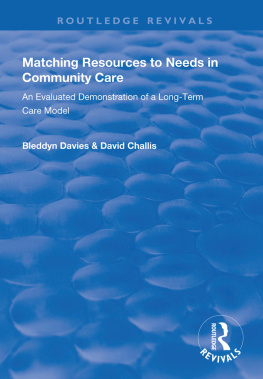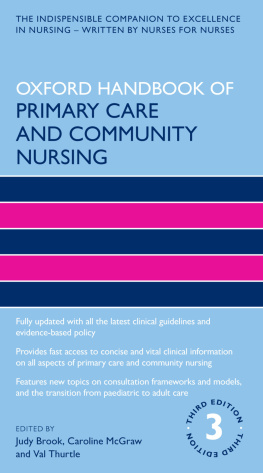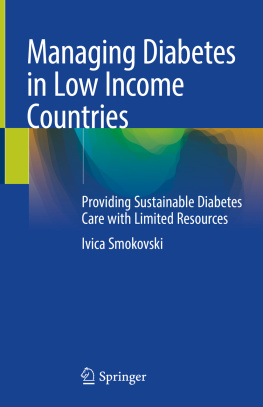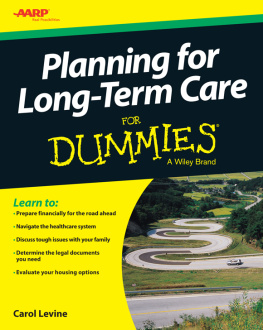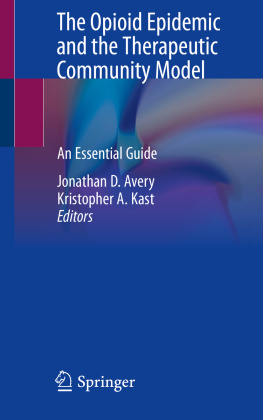First published 1986 by Ashgate Publishing
Reissued 2018 by Routledge
2 Park Square, Milton Park, Abingdon, Oxon, OX14 4RN
711 Third Avenue, New York, NY 10017
Routledge is an imprint of the Taylor & Francis Group, an informa business
Copyright Crown 1986
All rights reserved. No part of this book may be reprinted or reproduced or utilised in any form or by any electronic, mechanical, or other means, now known or hereafter invented, including photocopying and recording, or in any information storage or retrieval system, without permission in writing from the publishers.
Notice:
Product or corporate names may be trademarks or registered trademarks, and are used only for identification and explanation without intent to infringe.
Publisher's Note
The publisher has gone to great lengths to ensure the quality of this reprint but points out that some imperfections in the original copies may be apparent.
Disclaimer
The publisher has made every effort to trace copyright holders and welcomes correspondence from those they have been unable to contact.
A Library of Congress record exists under LC control number: 86014226
ISBN 13: 978-1-138-32962-1 (hbk)
ISBN 13: 978-1-138-32967-6 (pbk)
ISBN 13: 978-0-429-44813-3 (ebk)
In part, this is an essay developing policy argument about how to improve equity and efficiency in long-term care by entrepreneurial case management in an engineered environment of incentives. Also it is an analytic description and evaluation of the first of a family of projects developing the policy logic. The project shaped the logic as much as the logic shaped the project. They were a response to a vigorous challenge by Nicolas Stacey, Director of Social Services for Kent County Council. He gave a public lecture at the University of Kent at Canterbury within weeks of one of the authors arriving to establish the PSSRU. He argued that social care required responsive and flexible service. To make the social services more flexible and responsive, he proposed the provision of vouchers for those in need to purchase home care services as an adjunct to what was then provided. At the dinner following the lecture, an offer was made on behalf of the PSSRU to develop and evaluate a model which would achieve his objectives by different means. The result was the protocol for the community care project. There were those who argued that the proposed model would not work, others who argued that its dangers outweighed its likely benefits, and others who suggested that it was ultra vires for the authority to implement the demonstration project. Nicolas Stacey overrode the objections and organised some external finance for its implementation and evaluation from the Monument Trust. The social services committee and the PSSRU made available other resources. A task force of officers of the authority and the PSSRU was set up to establish the project.
Two years later, the staff appointed to the authority and the PSSRU started work, and the project was launched. By 1980, it was clear that the project had been highly successful, and based on it the PSSRU had elaborated a logic for the development of models which it called the community care approach. Kent social services department committed itself to implementing a version of this first social care model in each of its areas. The PSSRU formed other fruitful partnerships to establish demonstration projects in other parts of the country. Reference was being made to project argument in American writing. Currently, implementations of the social care model are being evaluated in half a dozen sites in England and Wales. There have been attempts to implement the model throughout each of the authorities which have launched evaluated demonstrations. Features of the model have been used in other authorities. The evaluation of an American project explicitly based on the community care project logic is well advanced. The PSSRU has designed several more advanced models and is committed to establishing partnerships with health and social services authorities to implement some evaluated demonstrations of them. References to it in state papers suggest that the model seems to have caught the imagination of policy makers in central government. We owe a great deal to our partners in social services departments, but particularly to the social services department at Kent.
The production of welfare paradigm, community care approach, models, and projects.
The approach is an argument about how to improve equity and efficiency by substituting lower for higher cost inputs and achieving a more appropriate mix of outcomes. The input and output substitutions are achieved by securing the better performance of core tasks of case management in an environment which provides incentives to improve equity and efficiency. The logic requires of field personnel and their managers skills, ideational commitments and the use of a characteristic repertoire of devices: for instance, the designation of responsibility and authority to case managers who have control over budgets, menus of the 'prices' of units of service; information systems and structures and procedures which help managers and workers to identify and articulate key issues for policy-making and to monitor success in pursuing the policies and their consequences for equity and efficiency; and some practice norms and techniques.
Models apply the argument of the approach to contexts. They identify groups of clients and the kinds of input substitutions which professional judgements suggest may be feasible; define with greater precision such principal inputs as organisational loci, spans of budget control and the contents of price lists, the mixes of skills required for case management capable of achieving the substitutions; and postulate the processes caused by the model's features and predict the consequences of each of the processes. Projects are attempts to implement one of the models, and are the vehicles for the collection of evidence to illuminate the abstract arguments of the approach and the model. They are not sufficiently controllable to implement the whole model and nothing but the model. We must always ask how far a project has implemented a model; how far there has been what some methodologists of evaluation call 'Type III errors'. Also we must also be conscious of how difficult it is to make inferences about the abstract argument of the approach and the model from the evidence yielded by implementations; one reason why we take such pains to attempt to observe projects at work closely, to seek low-level generalisations linking particular inputs to narrow intermediate outcomes and thence to the general outcomes, and to do so in several projects based on the same model.
The policy argument and the evaluation philosopy and techniques clearly reflect the production of welfare paradigm which gives the work of the PSSRU its unity. This is clearest in the definition of the principal evaluation question: 'what are the costs to each of several constituencies with potentially conflicting are based have been available for five years and more, and because we have already published a substantial amount about the project.
The complete and abridged versions. The objectives of Matching Resources to Needs are many. They include to evaluate the equity and efficiency of social care services for the elderly; to show how the analysis has influenced our community care approach, model and project; to relate the approach to other policy developments; to compare our argument with those underlying some American experiments; to develop a style of evaluation fitted to the production of welfare approach and illustrate its application; to consider the implications of the policy analysis for the interpretation of past production of welfare research; and to describe the project and the results of its analysis sufficiently for an expert in one aspect to understand features in which he is interested. So Matching Resources to Needs is long, and few would wish to read it from cover to cover at their first encounter.


